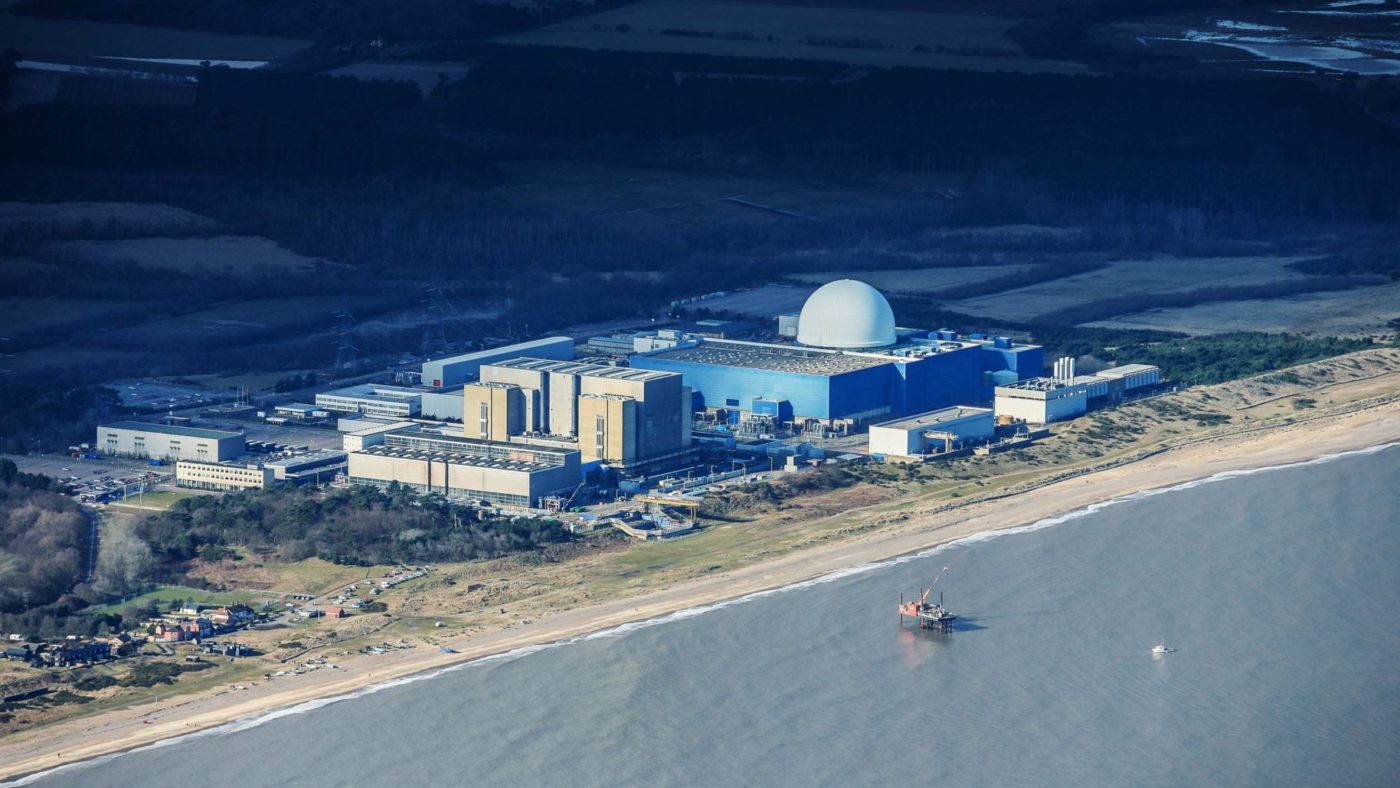On 14 October, National Grid announced they were forecasting “tight margins on the electricity system” because of “unusually low wind output coinciding with a number of generator outages”. In other words, we were close to not having enough power. We did keep the lights on, but at a price. Our fossil fuel use rose dramatically. For days, we consistently burned gas for more than half our electricity. We burned coal at midnight. The carbon intensity of our gird soared to more than three times our 2030 target. At one point, the price of power rose as high as £183.20/MWh.
The lesson from that weekend is that 100% getting to net zero needs all low carbon power sources to play their part. Otherwise, when the wind is low and the sun does not shine, we will not have enough clean power. At times this autumn, the wind fleet has produced less than 5% of its theoretical capacity. As winter approaches, solar output falls dramatically. On days like these, we resort to burning coal and gas. We know, however, that the cost of burning fossil fuels for our environment, and for our own health, is immense and unsustainable.
The solution is not to move away from wind and solar, but to invest in nuclear alongside them. As well as variable renewable power, we need clean, firm power – power that is reliable, always-on, not dependent on weather conditions, and most of all, zero-carbon. Indeed, the Committee on Climate Change (CCC) has advised that 38% of our power by 2050 should come from such sources. Nuclear is our only option there. Wind and solar are clean, but not firm. Gas and coal are firm, but not clean. Gas has 40 times the lifecycle carbon footprint of nuclear, coal nearly 70 times. Gas emits serious amounts of carbon when it is producing electricity. Nuclear emits none.
In practical terms, the scale of the climate crisis demands building new nuclear capacity, and doing it now. The CCC estimates that we will need four times as much clean power as we currently have to achieve deep decarbonisation, across transport systems and building heat, as well as electricity generation. Meanwhile, seven of our eight nuclear power stations are due to retire by 2030. That means one-third of our zero-carbon power going offline. We are scheduled to go backwards, so even arresting that decline will take a serious effort.
There are some who advocate doing nothing, hoping something else will turn up. The reality is the scale and scope of the system change needed to deliver net zero by 2050 does not give us the luxury of endless pontification – net zero by 2050 means action now, not waiting for a mythical silver bullet to be forged.
We have to start with technologies, like nuclear, that are already proven to work. The nuclear stations that are due to retire by 2030 can produce zero-carbon electricity, at midnight or at noon, in the sun, the wind or the rain, without interruption. The only thing that can replace them are further nuclear power stations. For instance, Hinkley Point C, under construction, and Sizewell C, in planning, would power 12 million homes without needing gas to keep the lights on. Small modular reactors, factory-built in the UK, can provide a flexible complementary option to large reactors. Low wind or high cloud would not be a limiting factor for either.
By contrast, technologies to capture the carbon emissions of gas-fired plants, our other major firm power source, do not yet exist at scale. Even when they do roll out, they will have 14 times the carbon footprint of a nuclear plant. We should continue to invest in carbon capture and storage, especially for industrial emissions and other hard-to-reach processes, as part of the drive to decarbonisation. We should not, however, expect it to be a like-for-like substitute for the steady, zero emissions generation of nuclear power.
In a similar vein, hydrogen is a promising alternative, low-carbon fuel to aid the reduction of harmful emissions in transportation and heating, but not a substitute for nuclear generation. Nuclear power plants, in fact have enormous potential to produce zero-carbon hydrogen. A recent study demonstrated that nuclear could produce hydrogen with 12 times less carbon footprint than producing hydrogen with natural gas. Where hydrogen can help decarbonise hard-to-reach areas, low-carbon ways of producing it should be our default. Nevertheless, we have to be realistic that hydrogen is an emerging, not an established, technology. It will not be the answer to our pressing clean power needs. For that, we have to turn to proven solutions.
Fortunately, we have three proven solutions at hand: the wind, the sun, and the atom. In renewable sources and nuclear power, we have the basis for decarbonising our grid, and driving decarbonisation in other sectors. If we invest in all three now, we can make electric cars, electrified heat, and other zero-carbon solutions are reality and make real headway in reducing emissions. This will give us valuable time to develop, improve, and implement new technologies like CCS and hydrogen that will reinforce decarbonisation. These innovations are the roof on our net zero house. We have to start with a firm foundation.
Click here to subscribe to our daily briefing – the best pieces from CapX and across the web.
CapX depends on the generosity of its readers. If you value what we do, please consider making a donation.


